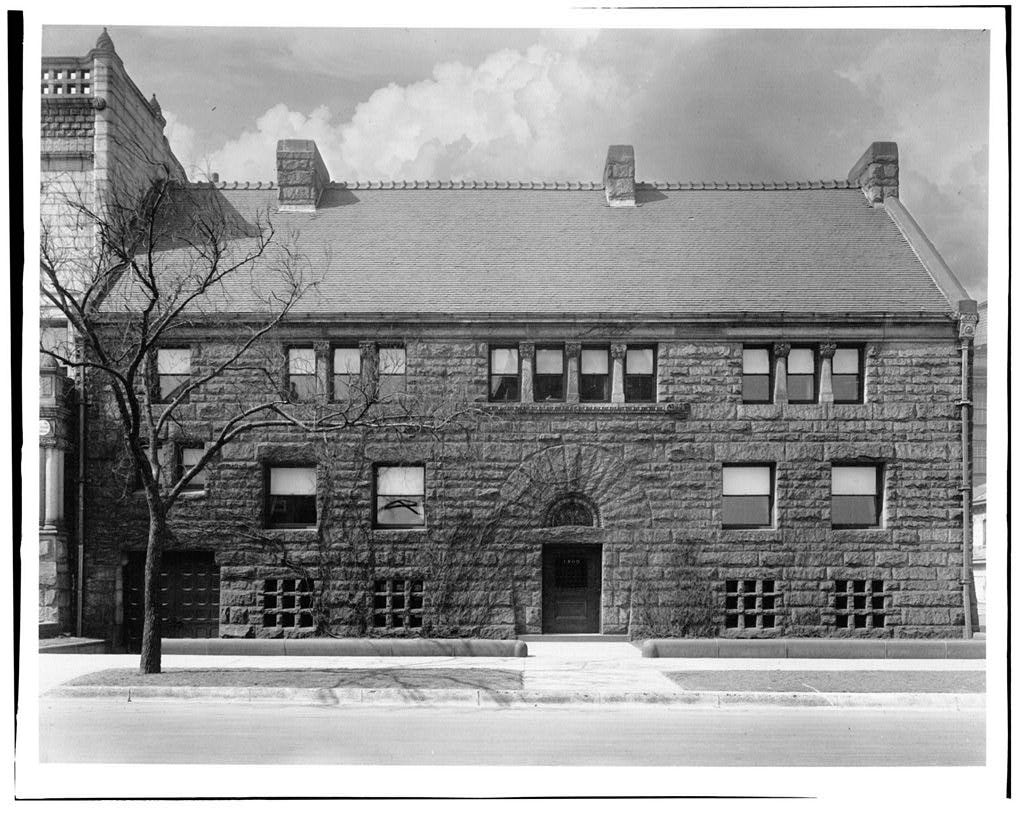Glessner House: a Remarkable Home for a Remarkable Family
The Glessner House is a remarkable home designed by H.H. Richardson. Meet the family who defied wealthy Victorian-era stereotypes.
Each week, discover an historic Chicago landmark and meet the people who built the Windy City. Includes audio recorded by the amazing Jim Goodrich.
The building on the corner of 18th and Prairie is like a lava cake rolled in a thick layer of coarsely chopped nuts. On the outside, it’s crunchy and looks like it could hurt you. But inside, it’s all warm and gooey and makes you feel loved.
In 1880s Chicago, Prairie Avenue was all the rage. During the previous decade, the comparatively humble Clarke House had moved out and millionaire mansions moved in. Marshall Field lived there. So did Philip Armour, of Armour & Company, and William Kimball, the piano maker.
John and Frances Glessner had a comfortable home on the west side, but as frequent entertainers who also had two kids, they needed more space—17,000 square feet of space. So they bought a corner lot in a tony neighborhood and brought in an east coast architect by the name of Henry Hobson Richardson.
Richardson was known for his bold, unique style. It was so distinctive people had a name for it: Richardsonian Romanesque. He was only the second American to attend the famed École des Beaux Arts, a forerunner of what would become a near stampede of American architects in Paris. Upon his return to the states, he eschewed the more traditional, classical designs for his own New World aesthetic. His horizontal lines and innovative use of space inspired Louis Sullivan, Frank Lloyd Wright, and a whole slew of successors.
There was no mistaking a Richardson design, and when the Glessners moved into their new home in 1887, some of the neighbors weren’t too happy. Not with the lovely family; it was the house that was the problem. It didn’t fit in. It was so close to the lot line it was practically in the street. There were barely any windows—that they could see as they gazed out their own. The heavy front door sat at ground level. What happened to the stairs? Didn’t they know a proper home should have stairs to its entrance? The servants had a more impressive entryway, for goodness’ sake.
Keep reading with a 7-day free trial
Subscribe to Living Landmarks of Chicago to keep reading this post and get 7 days of free access to the full post archives.





